By Zoltan Varadi
Fibre art, photography, printmaking, sculpture and installations… Name a contemporary art media and chances are it’s been featured in Glenbow’s ongoing One New Work series, the brainchild of curator Nancy Tousley. Now in its tenth iteration with Nicole Kelly Westman: Pastoral | Calamity, One New Work showcases the wide gamut of practices emanating from a diverse cross section of Calgary artists, both emerging and established. As the name suggests, each exhibition is centred by the creation of a new piece or project, which is shown in the company of other works or objects selected to set it within a context.
“As far as I know, there isn’t another project quite like this in Canada that’s dedicated to contemporary artists in one community,” Tousley says. “The closest might be the Art Gallery of Alberta’s RBC New Works Gallery; their project includes artists from anywhere in the province.“
Since February 2016, One New Work has called one of this museum’s smallest exhibition galleries home – a 550 square foot corner of the second floor. According to Tousley, though, the size of the space serves the exhibitions well. She explains that when she lived in New York “in another lifetime,” she was particularly taken by a series of small-scale exhibitions arranged around particular themes at the Metropolitan Museum of Art.
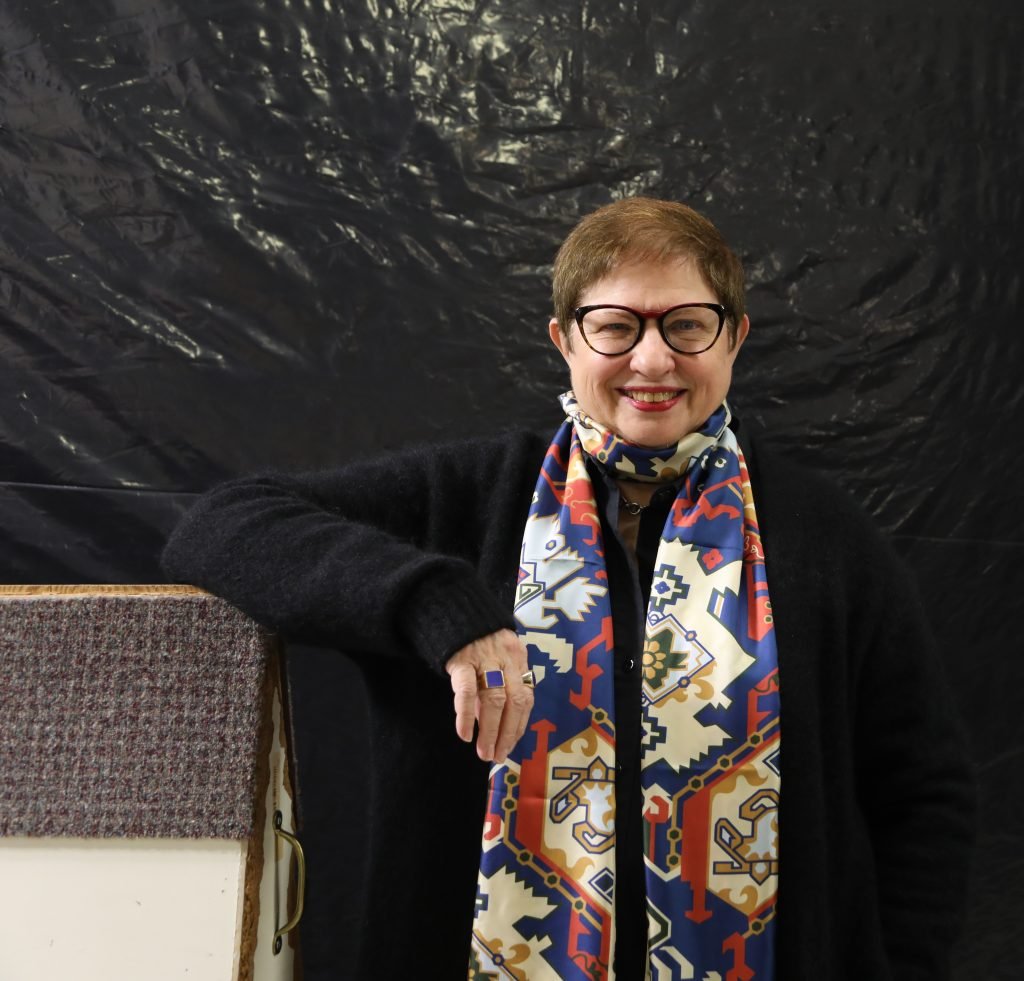
“A theme might be the use of light in painting of the Romantic era. They were wonderful little shows – all in the same space, very contained, but they brought a lot to the subject because of the focus,” she recalls. “That little gallery on [Glenbow’s] second floor gives the opportunity for doing that with contemporary projects. It seemed to be a means to spotlighting the local community in a way that could be responsive to what’s going on. So, if someone had a great idea and I happened to know about it, then we could get it into the museum.”
Not surprisingly, there have been many great ideas from a diverse cross-section of the creative community, and One New Work has been a hit with artists and audiences alike. Two regular attendees, Dell Pohlman and Lauren Raymore Pohlman, were so enamored with the series that they became supporters of One New Work in the current season.
As she prepares for One New Work number 11, featuring senior Calgary artist Ron Moppett, Tousley took some time to look back on some One New Work highlights and discuss where she hopes the series will go in exhibition seasons to come.
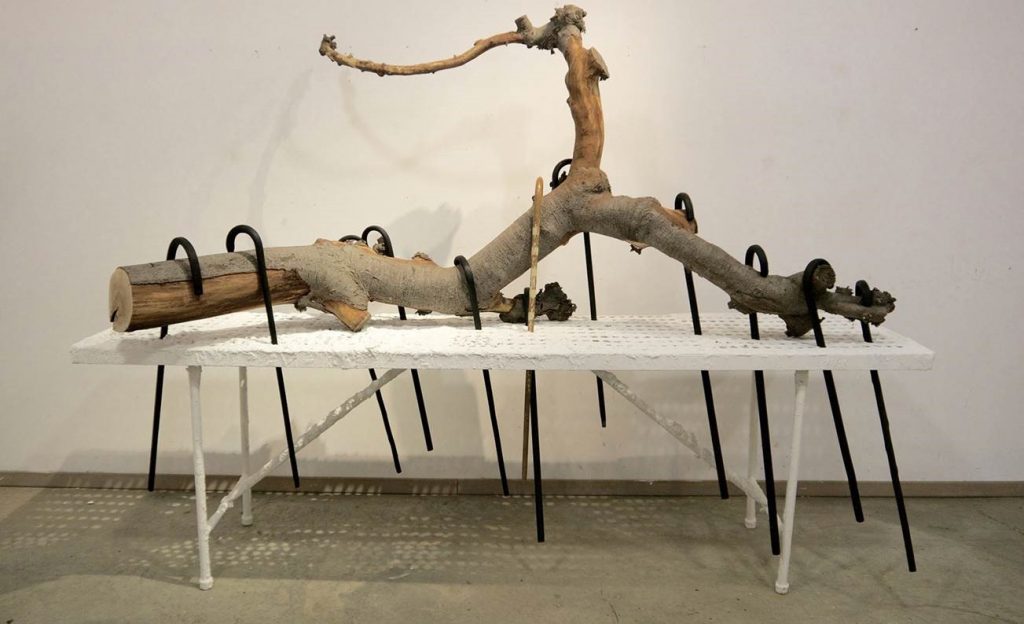
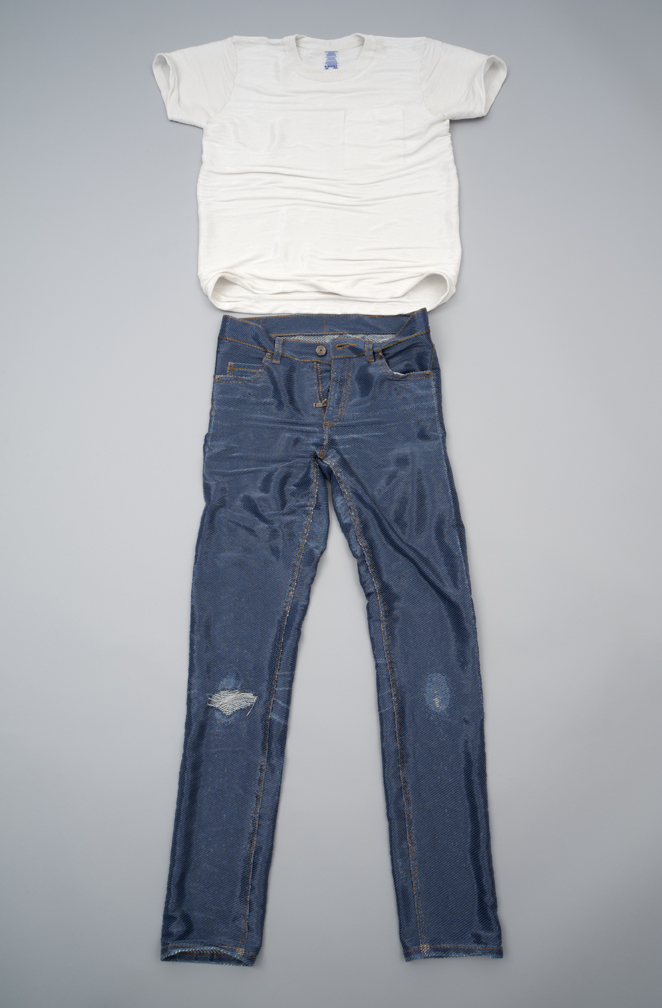
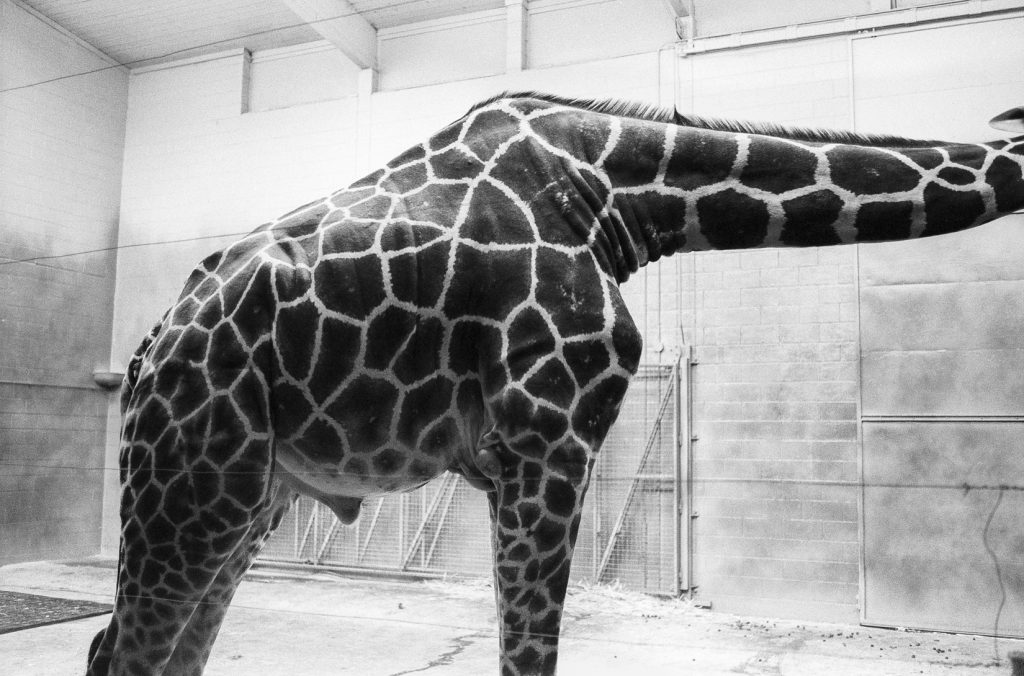
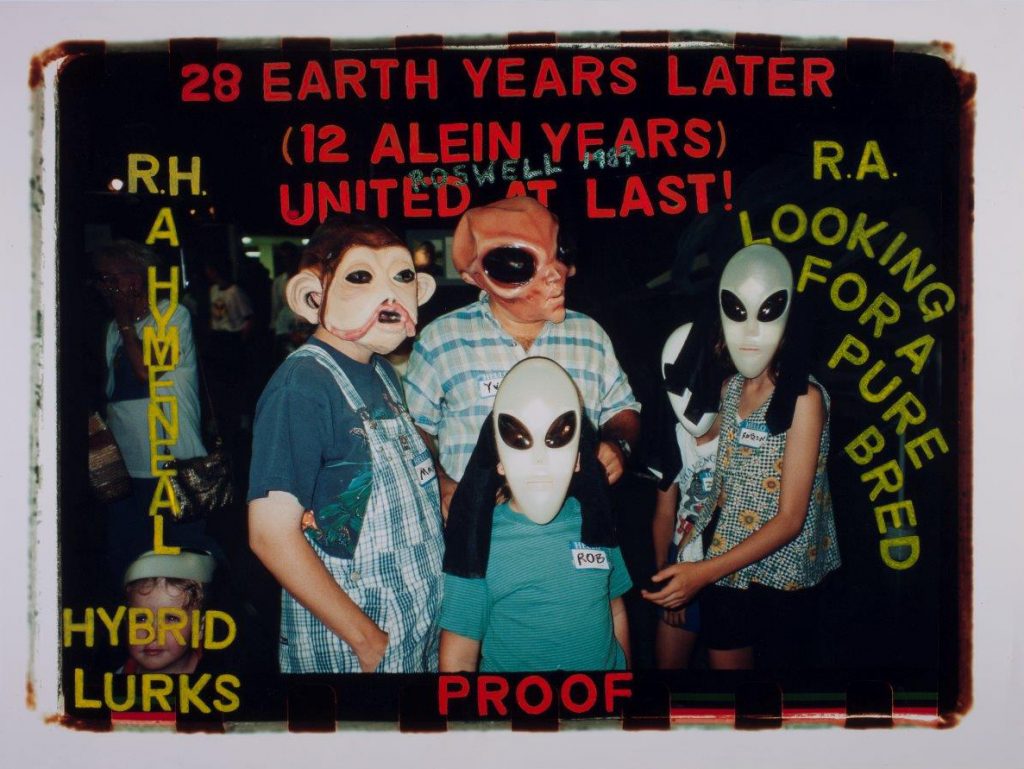
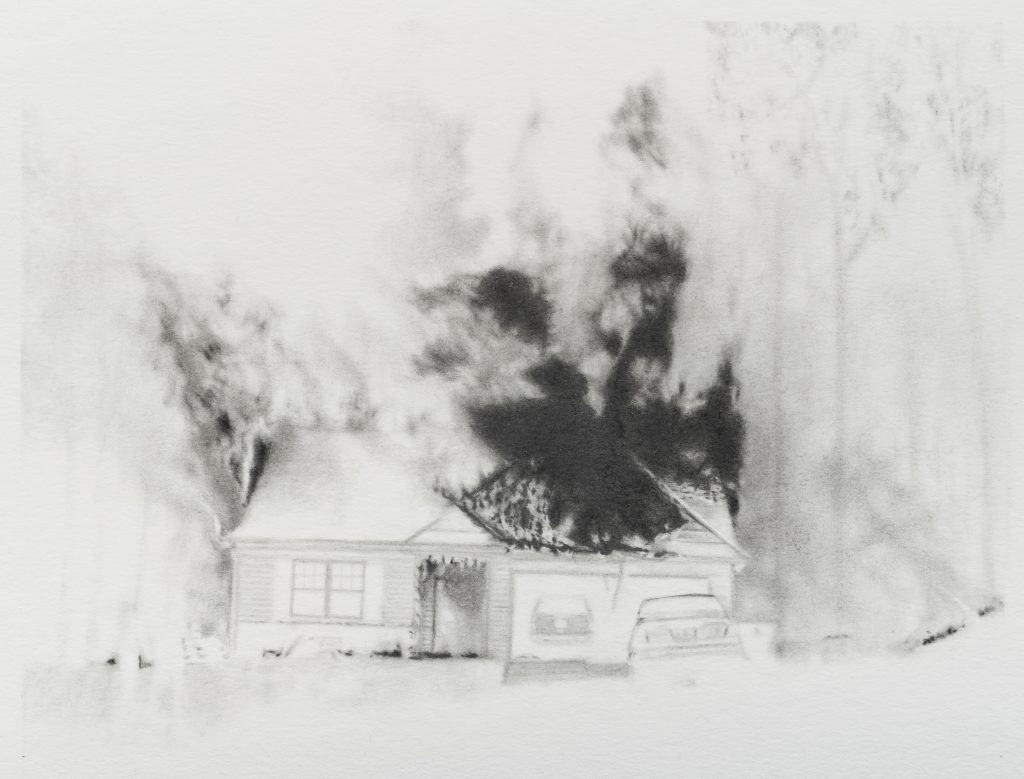
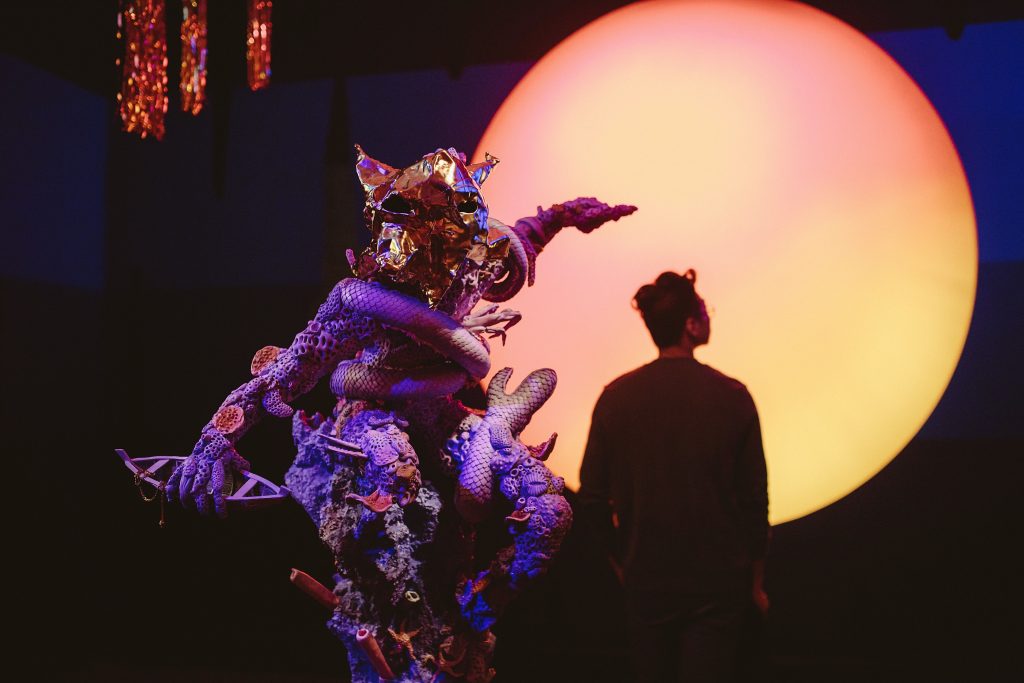
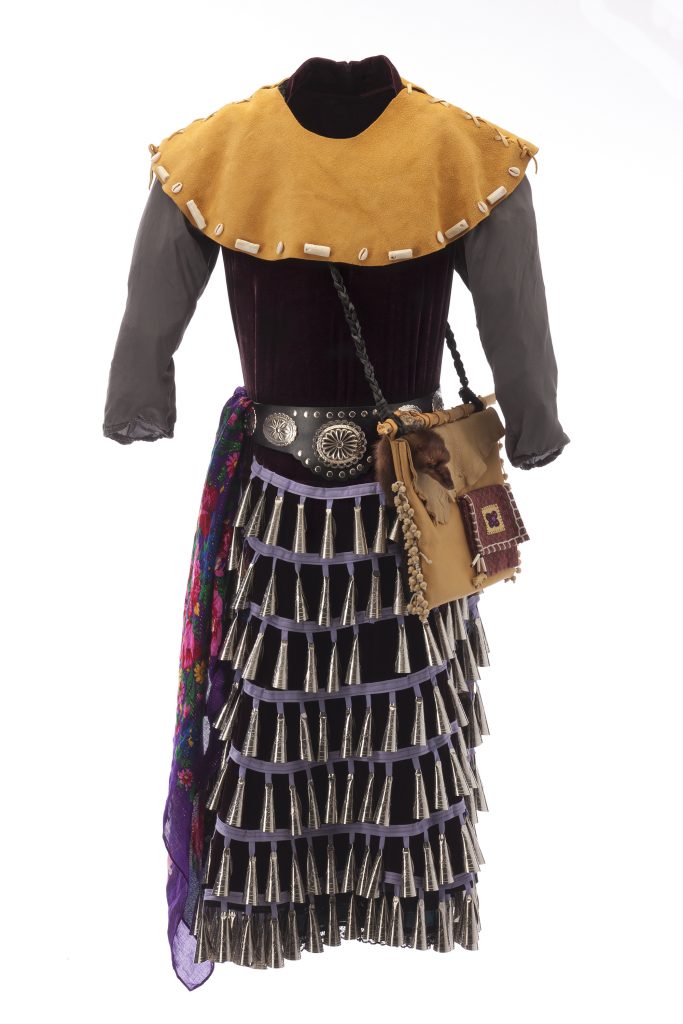
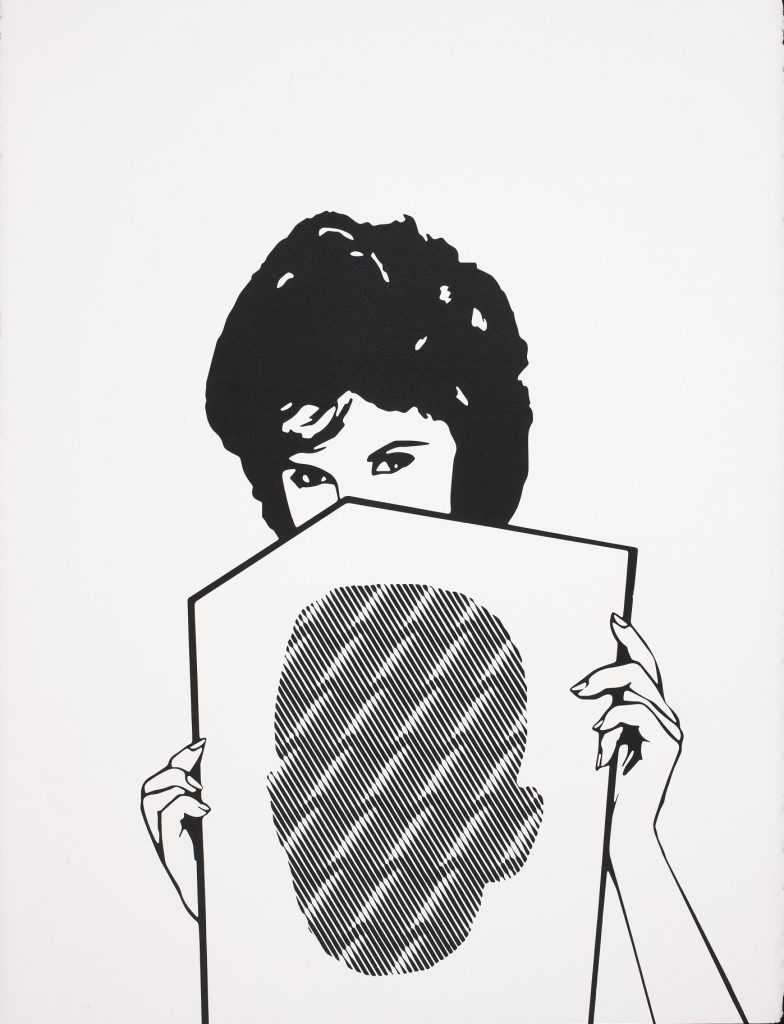
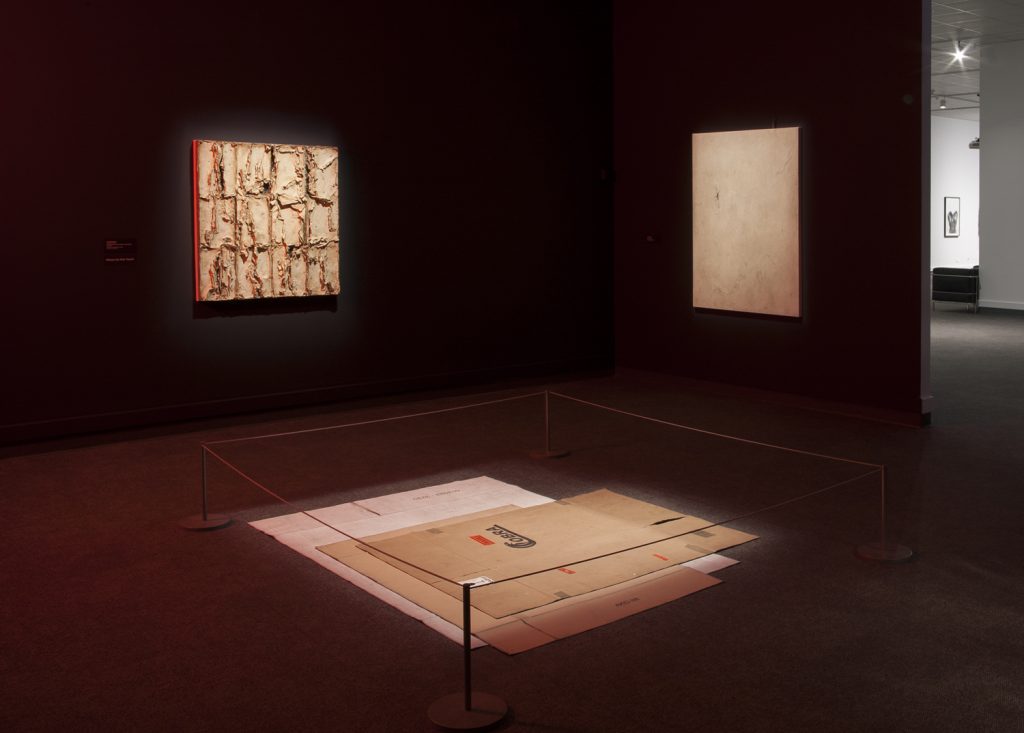
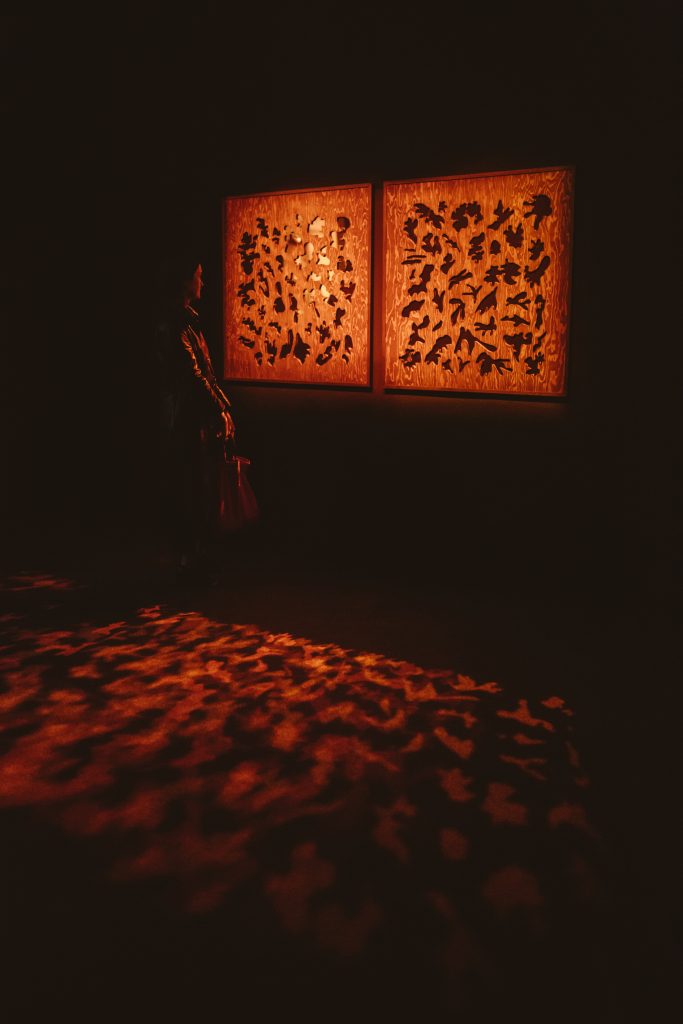
Let’s talk about the artist selection process. You alternate between emerging, intermediate and senior artists, but beyond that?
I felt that we should cover the spectrum in terms of age and experience. Sometimes an older artist will put me on to a younger one that they might have have had as a student, or just knew about. Which was the case with Chris Cran taking me to Kent Merriman Jr.’s studio. Kent had not shown in Calgary. He did subsequently have an exhibition at TrepanierBaer but I think they saw his work a little after I did, although their show went up first. It’s great that we’ll be able to see his work at TrepanierBaer.
In other cases, I just have my eyes open. I’ve been in this community a long time and I know a lot of artists, and I’ll call someone and ask for a studio visit. With Walter May, who was the first artist featured in One New Work, he had recently retired from teaching for 30 years at [AUArts] and he went right into the studio and just started making work. The sculpture that was the centrepiece of the exhibition went into the gallery at Glenbow almost the minute it was finished.
I thought this might set a model for the rest of the shows, but it’s gone different directions that have given it flexibility. In the case of Hutch Hutchinson’s show, Hutch had talked to me about a project he had started in 1999 and had never completed. It was interesting and it was Calgary-based in that he went out and took a photograph every minute from sunrise to sunset on what was the longest day of the millennium. He uses a digital camera now and for quite a long time, but he did the 1999 project with analog photography. He still has his darkroom, so he had wet processes in his studio and he printed 106 photographs for the exhibition. And he produced a set of nine books that were part of the initial idea, but were never made. We showed the books and the contact sheets as well. The contacts were really all that had existed from this grand idea that he had, so that was pretty rewarding – being able to bring a work into being that had been put to one side.
With projects, other than Hutch’s, we’ve also helped bring an artist’s book into being, which was the case with Gwenessa Lam, and that’s always gratifying.
Have you picked up on a difference in generational approaches or philosophies?
Oh yes. Today’s artists have many different ideas. And there is a lot of interest in work that has not been in the forefront before now, such as work by Indigenous artists. I think the youngest artist we’ve shown was Tamara Lee-Anne Cardinal – she was 28, when we did her exhibition. Her work is very deeply based in identity – her identity as a contemporary Indigenous woman. Identity is an idea being explored by many artists right, whether it’s based on ethnicity, culture, gender, or any other [related] issues.
What about good surprises? You have your planned outcome and then there’s a fork in the road…
These shows don’t fork very often; they’re small and very focused. However, the exhibition Magical Thinking did change from its initial concept, and I think it was a much better show because of it. It was an exhibition in which I was able to draw on Glenbow‘s richly diverse collections, and I think that’s what made it especially interesting. Pamela [Norrish]’s Outfit for the Afterlife is a staggering piece of work, and to be able to show it with works that also involved beadwork and also involved the idea of an amulet and the protection that it can give you, from both Indigenous and settler communities, was wonderful. It was a really visually rich exhibition. Also, it talked about something that was pretty profound – how we cope with the knowledge that we’re all going to die! So, from birth amulets from Plains First Nations to a coffin quilt by Barbara Todd, we covered quite a lot of conceptual ground with a small number of works. I think people felt the gravity of the subject, but it was expressed in such a rich way that it was not a downer.
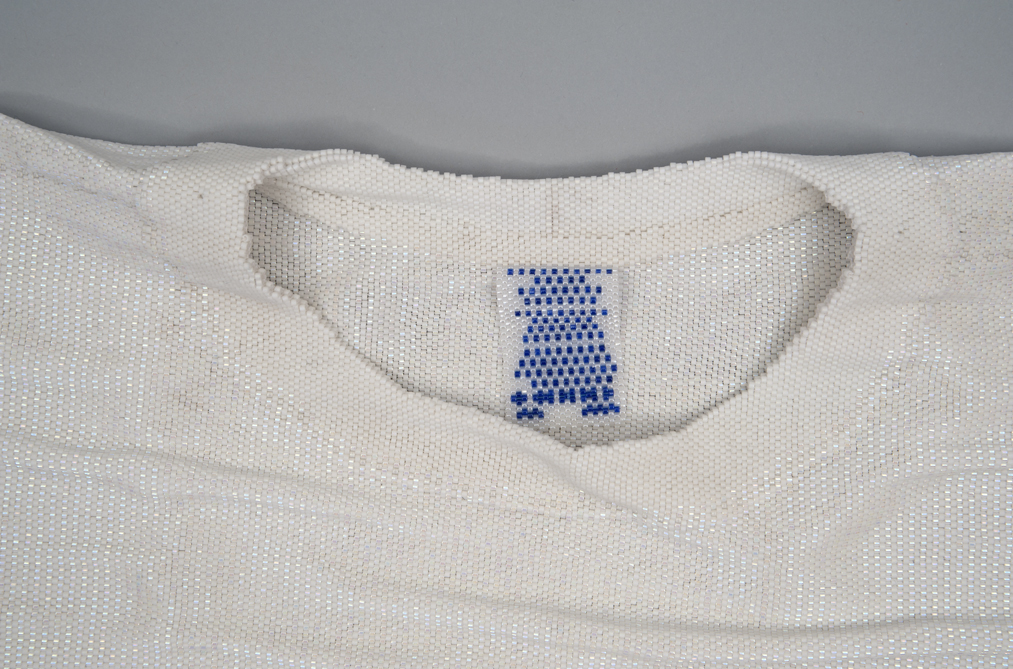
In terms of the series contributing to the collective art scene in Calgary, has it done what you’ve hoped it would do?
That’s hard for me to know. I actually get quite limited feedback. People will say, ‘oh, I loved your show.’ Or I don’t hear anything. Fortunately, I haven’t heard too many negative comments.
Let’s rephrase that then, what has it shown you about art in Calgary?
Well, I hope it shows people who follow the series the great diversity in contemporary art practice in Calgary, and how rich and interesting it is. This is a really good city for art, and we’re very lucky to have so many wonderful artists living in our midst and an institution like Glenbow to show them in. I don’t think I could ever run out of artists or ideas doing this work, which is very exciting to me. And to find that the older artists in the community are so generous towards their younger colleagues… that’s not a rarity, but it isn’t always the case. I think it’s something about Calgary artists that has really fostered growth in community and stick-to-it-ness in a profession that can be discouraging when things aren’t going right.
It’s not always the easiest city to be an artist in.
No, it’s not. There are times when “What doesn’t kill us only makes us stronger.” But I’ve lived in Calgary since the late ’70s, and I’ve watched change happen here. In some cases, it’s a reflection of changes happening in other places, but I think that Calgary produces very distinctive artists. They’re not followers in terms of hanging on to trends; they travel, attend residencies and hang onto who they are. They’re making very individual work.
What would you like to do in the future that you haven’t already?
One of the things I try to do with forethought is make an exhibition very different than the one that came before it and the one that will come after it. I think that’s an indication to people of the ability of art to tackle any question an artist puts their mind to. I also think that having an exhibition series at Glenbow shows the museum’s commitment to contemporary art in this place. There’s so much vitality in the community. I want to keep exploring that. I would also like to look more at new media. But I try to follow the art, so it depends on what’s going on. I think that’s one of the things that makes the series nimble and distinctive.
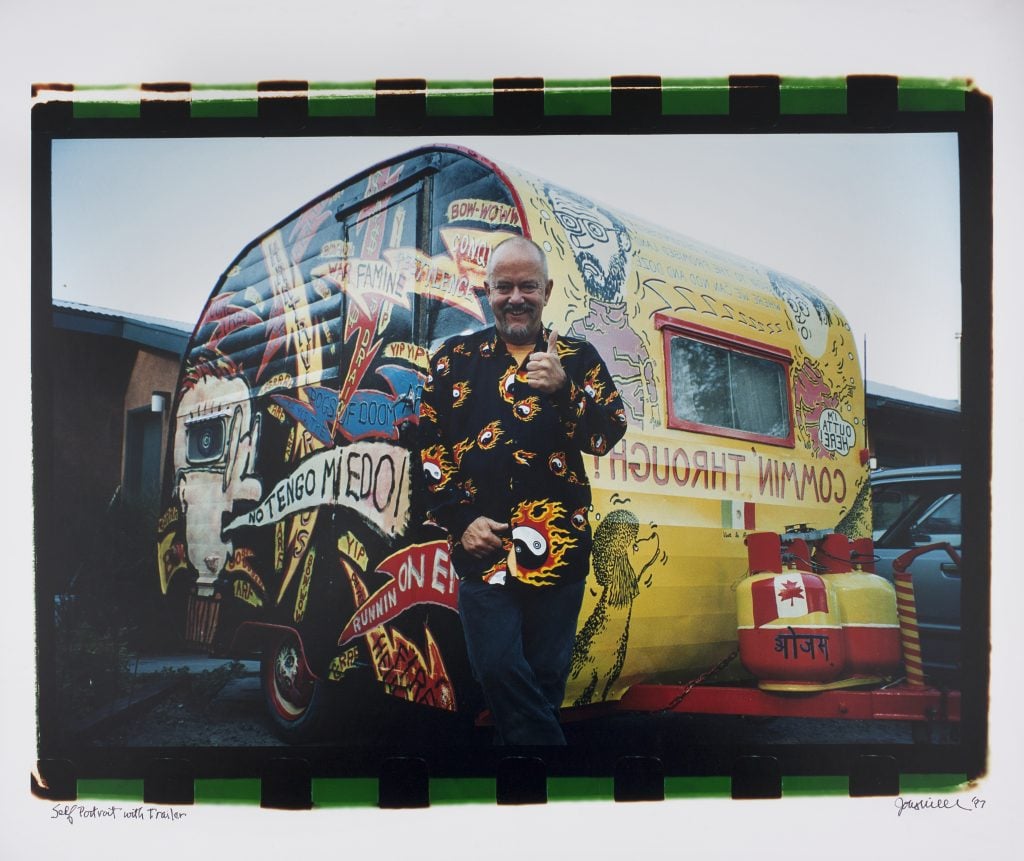
Image: John Will, Self Portrait with Trailer, 1997/2017, Courtesy of the Artist.
Any other highlights we have missed?
DaveandJenn: that was their first ever installation work. The John Will project included a piece of writing to the exhibition publication that was tied to his new work, which was a series of colour photographs. The idea behind the show was to look at the different ways that John has used photography in his work — from the first time, in his printmaking, to the present. Working with the theme, the show became a mini retrospective. I did a salon hanging, so it was up to the ceiling, and we a couple of table cases with some supplementary material. That show had 74 or 75 works. It was very satisfying to be able to pull all of that together in that small space with its high ceiling. I do love that space.
One New Work continues in 2020 with Ron Moppett: Do You Remember/Snow & Stars
This exhibition series is generously supported by:
Canada Council for the Arts
Dell Pohlman & Lauren Raymore Pohlman
